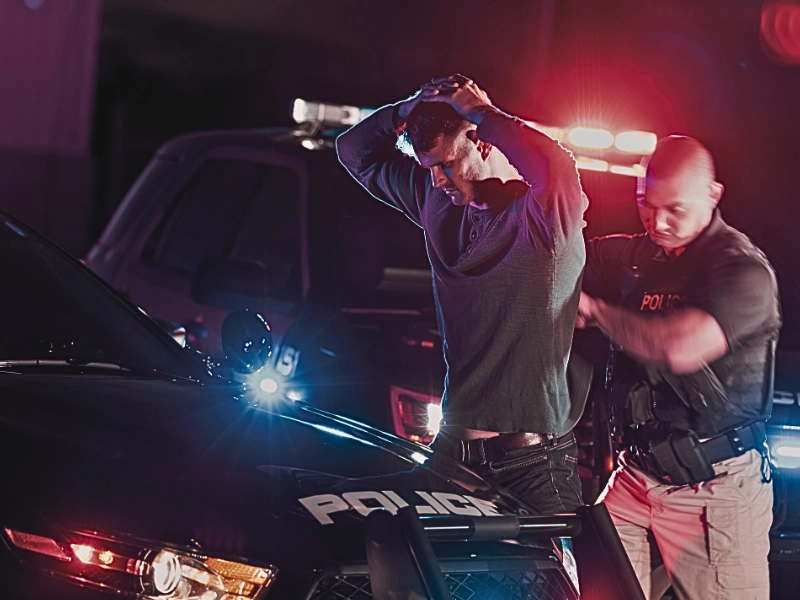When a white police officer shot and killed an unarmed black teenager in Ferguson, Missouri, people watching the news may have noticed local law enforcement units utilizing gear that is usually reserved for members of the military. NPR reported that members of law enforcement had assault rifles, wore protective, military-style gear and even rolled through the streets in armored vehicles.
Many worry that militarizing law enforcement here in Minnesota and across the country causes more harm than good, and they say there are not enough safeguards in place to prevent problems, such as equipment going missing. In fact, the matter has become so serious that even Congress will hold a hearing on the subject.
The problem with militarizing law enforcement
NPR reports that a Missouri senator is leading the charge in Washington to prevent a militarized police force from committing an abuse of power. She calls into question a ack of requirements that endanger the Pentagon’s military surplus program, including the following:
- How is the military-grade equipment used on a local level?
- Are members of law enforcement getting the proper training?
- Who is paying for the million-dollar equipment?
As more law enforcement agencies receive such high-level equipment, research has shown that there has been an increase of military-style police raids. The Pentagon’s Defense Logistics Agency, which disburses military equipment to local law enforcement, does not currently tell those agencies how to use the items. However, there are annual inventory requirements, and Minnesota is one of three states that have been suspended from the surplus program because of reporting problems.
Minnesota’s equipment
Despite the state’s suspension, Minnesota is still able to keep the equipment it had already collected, whereas there are several agencies across the country that have been forced to return items. According to a report from the Associated Press, Minnesota law enforcement agencies have amassed roughly 3,300 firearms and 40 pairs of night-vision goggles from the military surplus program, totaling nearly $10 million in equipment.
The report quotes the executive director of the Minnesota Chiefs of Police Association as saying that the new items are not used in a military fashion in the state, but having the equipment is important. For example, the Anoka Police Department is in possession of a grenade launcher, but the chief of police claims that it would only be used to deploy tear gas.
Without the proper constraints in place to guide how military-style equipment is used in small communities, there is no guarantee that law enforcement will not abuse tanks, grenade launchers and assault rifles.






